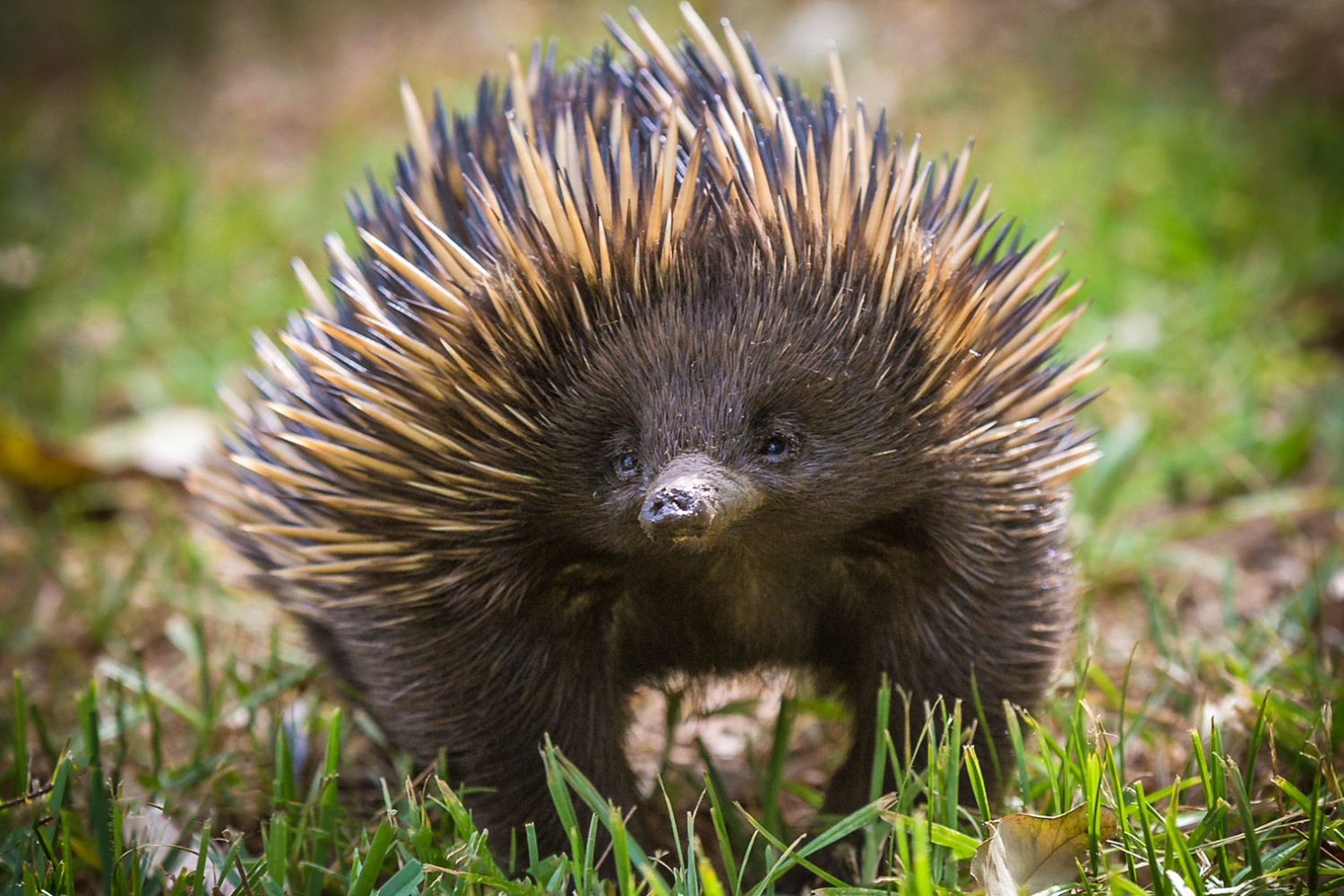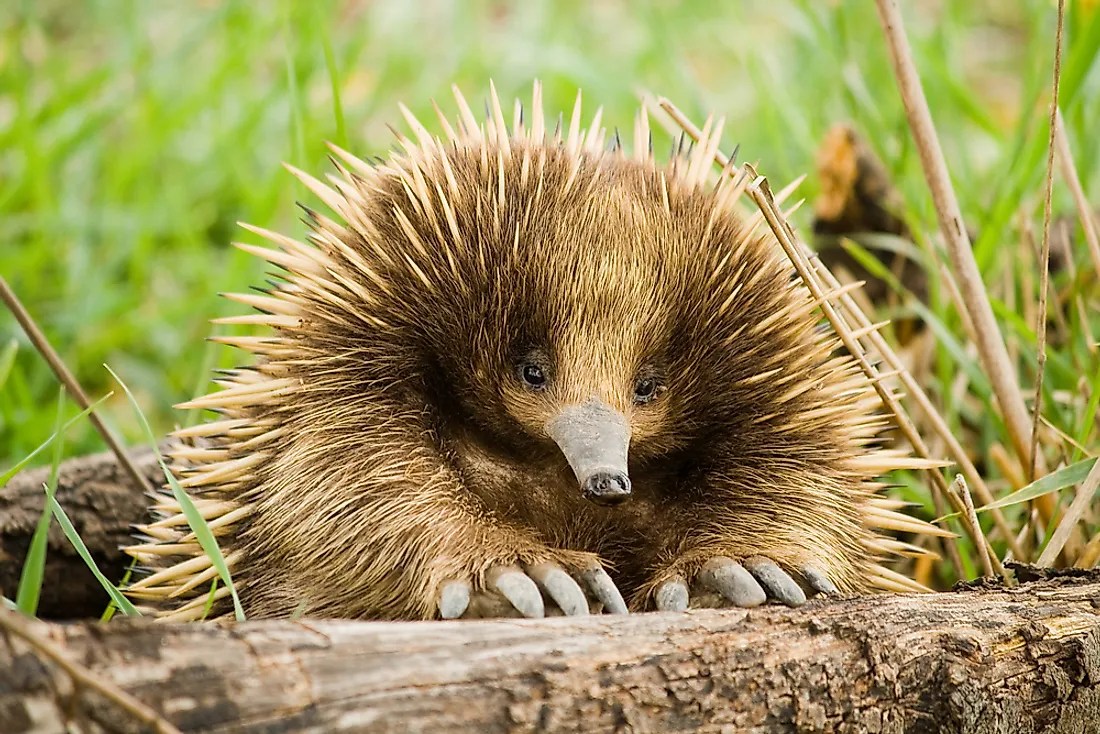Mammals that lay eggs are a fascinating and rare group of animals, primarily represented by monotremes. These unique creatures stand out in the mammalian class due to their reproductive method, which differs significantly from the typical live birth seen in most mammals. Understanding the characteristics, habitats, and conservation status of these egg-laying mammals not only broadens our knowledge of biodiversity but also highlights the intricate web of life on Earth.
Monotremes are the only group of mammals that reproduce by laying eggs, and they include species such as the platypus and several types of echidnas. These remarkable animals showcase a range of adaptations that allow them to thrive in their environments, making them a subject of interest for scientists and enthusiasts alike. In this article, we will delve into the biology, behavior, and conservation of mammals that lay eggs, providing a comprehensive overview of these extraordinary creatures.
Join us as we explore the world of monotremes, their evolutionary significance, and the challenges they face today. By the end of this article, you will have a deeper appreciation for these unique mammals and be equipped with knowledge about their role in our ecosystem.
Table of Contents
What Are Monotremes?
Monotremes are a unique subclass of mammals that lay eggs instead of giving birth to live young. This characteristic places them in a distinct category separate from other mammals, such as marsupials and placentals. Monotremes are primarily found in Australia and New Guinea, showcasing a range of adaptations that have allowed them to survive and thrive in diverse environments.
Characteristics of Monotremes
Monotremes exhibit several unique characteristics that set them apart from other mammals:
- They possess a cloaca, a single opening for excretion and reproduction.
- Monotremes lay eggs that have a leathery shell, similar to reptile eggs.
- They produce milk for their young, but lack nipples; instead, milk is secreted through openings in the skin.
- They have a high metabolic rate compared to other egg-laying animals.
Types of Monotremes
There are only five extant species of monotremes, all of which are unique in their own right. The two most well-known groups are the platypus and echidnas.
The Platypus
The platypus (Ornithorhynchus anatinus) is perhaps the most famous monotreme. This aquatic mammal is characterized by its duck-bill, webbed feet, and ability to detect electric fields generated by its prey. The platypus is native to eastern Australia and Tasmania and has a fascinating reproductive cycle, laying eggs in a burrow.
Echidnas
Echidnas, also known as spiny anteaters, are another group of monotremes. There are four species of echidnas, including the short-beaked echidna (Tachyglossus aculeatus) and the long-beaked echidnas (genus Zaglossus). These animals are covered in spines and have a long, sticky tongue, which they use to capture insects and worms. Echidnas are found in various habitats across Australia and New Guinea.
Habitat and Distribution
Monotremes are primarily found in Australia and New Guinea, occupying a variety of habitats ranging from forests to grasslands and even aquatic environments. Their distribution is limited, making them vulnerable to habitat loss and other environmental threats.
Reproductive Behavior of Monotremes
Monotremes have unique reproductive behaviors, including the following:
- Egg laying occurs after a gestation period where the female incubates the eggs in her body.
- After laying eggs, the female will curl around them to provide warmth until they hatch.
- Once hatched, the young are highly dependent on their mother for milk and protection.
Conservation Status and Threats
Many species of monotremes are currently facing threats from habitat loss, climate change, and predation by invasive species. The IUCN Red List classifies some species, like the long-beaked echidna, as vulnerable or endangered. Conservation efforts are crucial to protect these unique mammals and their habitats.
Importance in Ecosystem
Monotremes play a vital role in their ecosystems, contributing to soil health through their foraging activities and serving as prey for larger predators. Their unique evolutionary lineage offers insights into the history of mammalian development and adaptation.
Future of Monotremes
Protecting the future of monotremes requires ongoing research and conservation efforts. As climate change continues to impact habitats, understanding these creatures' needs and behaviors is essential for their survival. Public awareness and education about monotremes can also foster a greater appreciation for these extraordinary animals.
Conclusion
In conclusion, mammals that lay eggs, specifically monotremes, represent a remarkable branch of the mammalian family tree. Their unique adaptations, reproductive behaviors, and ecological significance make them fascinating subjects of study. As we have explored throughout this article, the conservation of these creatures is critical to maintaining biodiversity and understanding the evolutionary history of mammals. We encourage readers to share their thoughts in the comments below, explore more articles on our site, and help spread awareness about the importance of protecting these extraordinary animals.
Thank You for Reading!
We hope you enjoyed this deep dive into the world of mammals that lay eggs. Stay tuned for more informative articles and insights into the incredible diversity of life on Earth. Your curiosity and engagement inspire us to keep sharing knowledge!
Also Read
Article Recommendations



ncG1vNJzZmivp6x7tMHRr6CvmZynsrS71KuanqtemLyue9SspZ6vo2aEcLnApqSapKNiwamt02ajmrFdmrSov42hq6ak